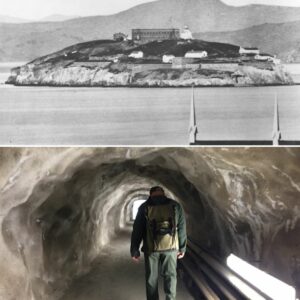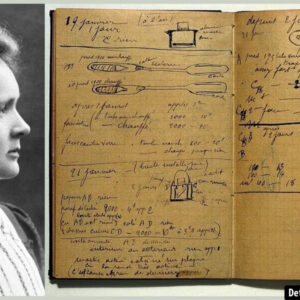The 1920s and 1930s represented a golden age in the history of automotive design, an era when innovation and artistry went hand in hand to create some of the most beautiful cars ever built. These machines weren’t just about transportation; they were symbols of wealth, status, and artistic brilliance. The cars of this period pushed the boundaries of engineering, luxury, and performance, leaving a lasting legacy that continues to inspire car enthusiasts today. In this article, we delve into the designs, history, and cultural significance of some of the most iconic cars from this transformative time.
Rolls-Royce Phantom I Jonckheere Coupe (1925)
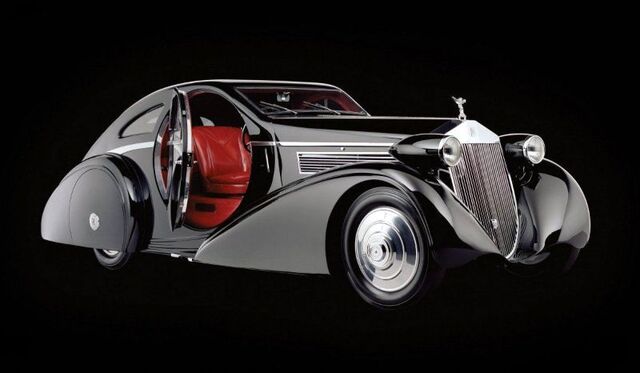
One of the standout masterpieces of the 1920s was the Rolls-Royce Phantom I Jonckheere Coupe. Originally built in 1925 and modified by the Belgian coachbuilder Jonckheere in 1935, this car epitomizes the art of automotive design. The coupe’s aerodynamic shape, featuring a pointed nose and a tapering rear end, was revolutionary for its time. Its body, crafted from aluminum, allowed for the seamless curves that define its luxurious form.
The car’s standout feature was its massive, curved windscreen that blends perfectly into the roof, creating an uninterrupted glass surface. Inside, the Phantom I Jonckheere Coupe exuded opulence, with plush leather seats, chrome accents, and elegant wood trim, ensuring that it wasn’t just a vehicle but a symbol of wealth and luxury. This unique car remains one of the most recognized examples of 1930s automotive artistry.
Video
Check out the video “13 Famous Cars from the 1920s We Used to Love Driving” to revisit some of the most iconic vehicles of the era.
Bugatti Type 35B Grand Prix (1925)
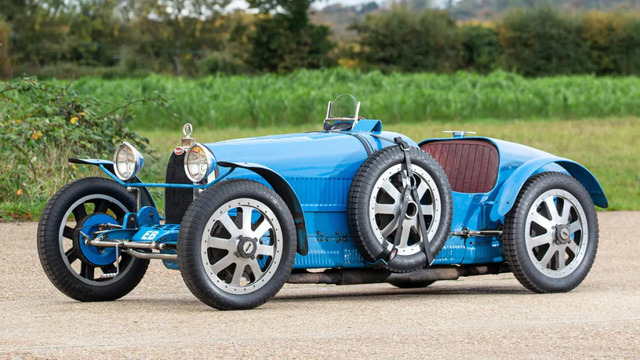
In contrast to the luxury of the Rolls-Royce, the Bugatti Type 35B Grand Prix was all about performance. Produced from 1924 to 1930, the Type 35B was a game-changer in motorsport, combining beauty with blistering speed. The Type 35B was one of the most successful race cars of its era, dominating tracks worldwide with over 1,000 race wins.
What set the Type 35 apart was its design—an elegantly curved radiator, the iconic ‘Bordino tail,’ and the pioneering use of cast alloy wheels. These elements didn’t just enhance its performance but also made it one of the most visually appealing race cars ever built. With its fine blend of engineering and aesthetic appeal, the Bugatti Type 35B became synonymous with victory and automotive excellence.
Duesenberg Model J (1928)
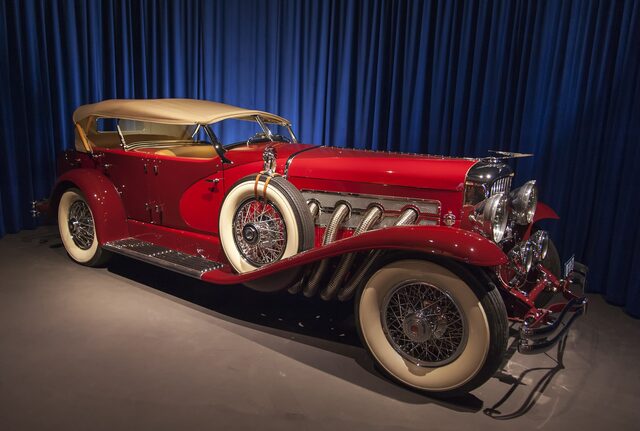
The Duesenberg Model J was the epitome of American luxury and performance in the late 1920s. Produced from 1928 to 1937, the Duesenberg Model J was powered by a 6.9-liter straight-eight engine capable of producing 265 horsepower. This immense power allowed the Model J to reach speeds of up to 119 miles per hour, a remarkable feat for its time.
Aside from its performance, the Model J’s design was nothing short of extravagant. It featured long, sweeping lines, a majestic chrome grille, and a luxurious interior, including plush leather seating and exquisite woodwork. The Duesenberg Model J became a favorite among Hollywood’s elite and industrial tycoons, cementing its place in history as one of the most beautiful cars ever built.
Mercedes-Benz 710 SSK Trossi Roadster (1930)
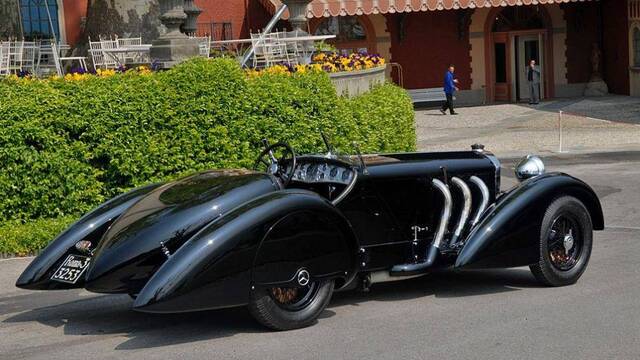
The 1930 Mercedes-Benz 710 SSK Trossi Roadster combined jaw-dropping design with formidable engineering. Built as a high-performance sports car, the Trossi Roadster boasted a 7.1-liter supercharged inline-six engine, producing 300 horsepower. This allowed the car to compete with the best in racing and on the streets.
What truly made the Trossi Roadster stand out was its design. With its long, flowing hood, curvaceous body, and distinctive grille, it exuded a timeless elegance. The low-slung profile gave the car a sleek, aerodynamic look that was perfect for high-speed racing. As one of the most desirable cars of its era, the Trossi Roadster showcased Mercedes-Benz’s ability to create cars that were as beautiful as they were fast.
Mercedes-Benz W25 Silver Arrow (1934)
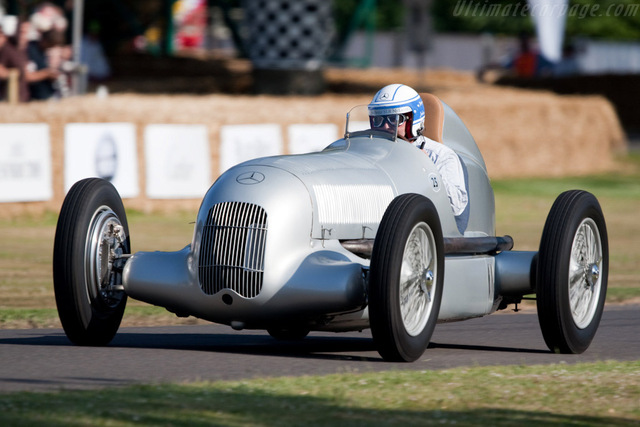
Another Mercedes-Benz masterpiece, the W25 Silver Arrow, was built for racing. Designed to compete in the 1934 Grand Prix season, the Silver Arrow was a technological marvel, blending advanced engineering with striking design. Its sleek silver body was crafted to minimize drag, ensuring that the car achieved maximum speed on the track.
The W25 featured a powerful engine and cutting-edge suspension system, making it one of the most dominant cars in Grand Prix racing. The car’s graceful lines and aerodynamic bodywork became synonymous with the Silver Arrows, a name that would come to define Mercedes-Benz’s racing pedigree for decades.
Citroën Traction Avant (1934)
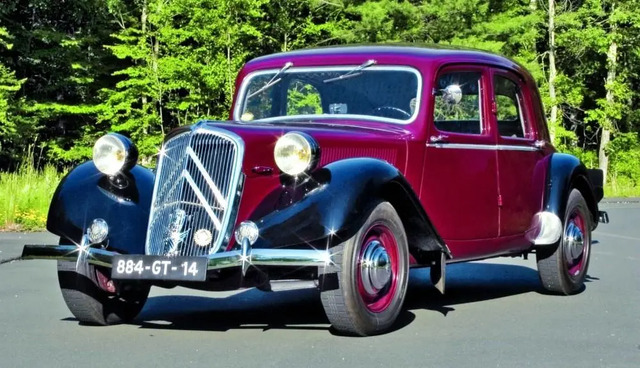
The Citroën Traction Avant revolutionized automotive design when it was introduced in 1934. As the world’s first unibody front-wheel-drive car, it was a technological leap forward that changed the way cars were built. Citroën’s innovative design integrated the body and chassis into a single structure, making the car lighter and more rigid than its competitors.
The Traction Avant’s sleek, low-profile body and advanced suspension system made it stand out visually, while its front-wheel-drive layout improved handling and performance. This groundbreaking design would go on to influence many future cars and solidify the Traction Avant as a milestone in automotive history.
Auburn 851 SC Boattail Speedster (1935)
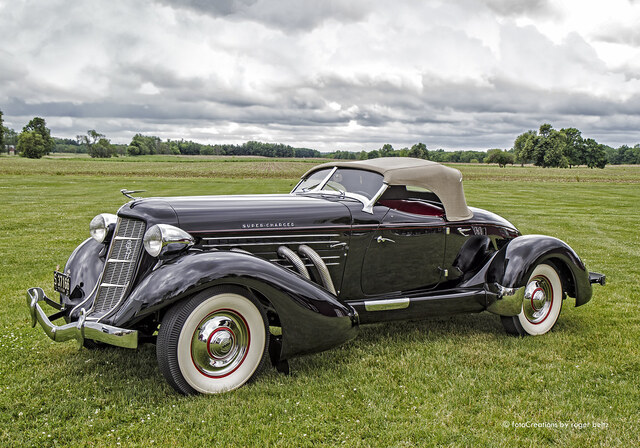
The Auburn 851 SC Boattail Speedster is a classic example of American automotive design at its finest. Manufactured between 1928 and 1936, the Auburn Speedster was a symbol of elegance and speed. Its dramatic boattail design, combined with a powerful 4.6-liter engine capable of reaching speeds over 100 mph, made it one of the most striking cars of the era.
The Auburn 851 SC featured clean, sweeping lines and a long, low body that gave it an air of sophistication and grace. It was a car designed for the discerning elite, and it quickly became a favorite among the wealthiest individuals of the time. The Speedster’s beauty was matched by its performance, making it one of the standout cars of the 1930s.
Mercedes-Benz 540K Special Roadster (1936)
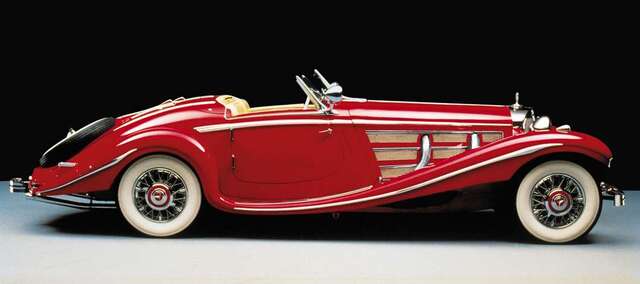
The 1936 Mercedes-Benz 540K Special Roadster is often considered one of the most luxurious cars of the pre-war era. Designed by Friedrich Geiger, this car featured a supercharged 5.4-liter inline-eight engine, which produced 180 horsepower. The 540K was one of the largest and most expensive cars available at the time, offering unparalleled luxury and performance.
The Special Roadster’s long, elegant lines, chrome accents, and graceful curves made it an automotive icon. Its luxurious interior and smooth performance cemented its status as one of the finest cars ever built. The Mercedes-Benz 540K remains a symbol of automotive excellence and elegance to this day.
Auto Union Type C (1936)
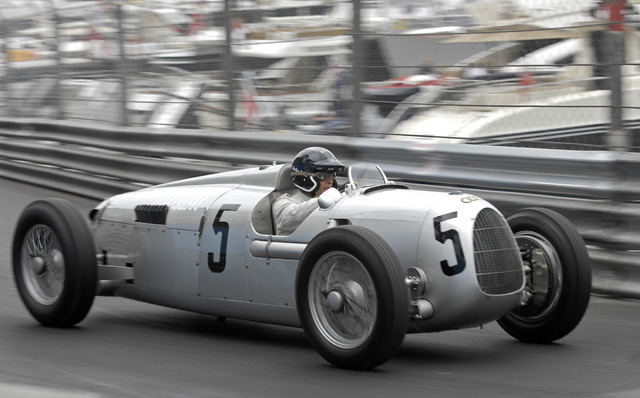
The Auto Union Type C was one of the most technologically advanced racing cars of its time. Built to compete in the Grand Prix, the Type C featured a supercharged V16 engine that could reach incredible speeds. Despite its powerful engine, the Type C’s design was inherently unstable, often causing the car to oversteer at high speeds.
Nevertheless, the Type C proved incredibly successful, winning numerous races during the 1936 and 1937 seasons. Its sleek, aerodynamic body was a defining feature of the Auto Union brand, and the car became one of the most recognizable racing machines of the 1930s.
Talbot Lago T150C SS Goutte d’Eau (1937)
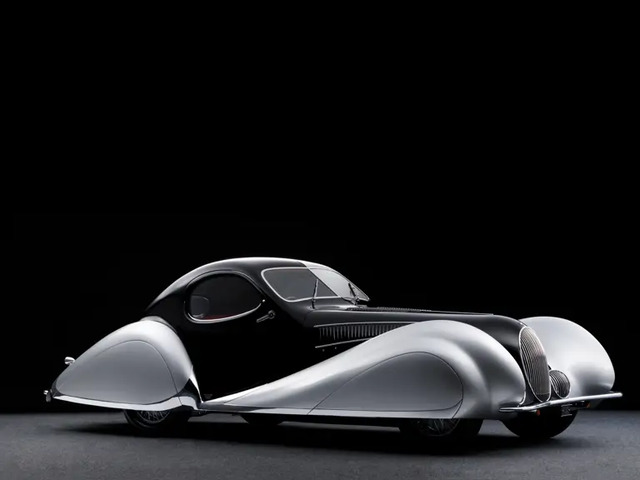
The Talbot Lago T150C SS Goutte d’Eau is widely considered one of the most beautiful cars ever made. Designed by the renowned coachbuilder Giuseppe Figoni, this Art Deco-inspired masterpiece featured smooth, rounded lines and a teardrop shape that gave it a sense of elegance and grace.
Powered by a 3.0-liter six-cylinder engine, the Goutte d’Eau was not just a beautiful car but also a capable performer, winning several races including the French Grand Prix of 1937. Its stunning design and racing pedigree make it one of the most revered cars of the 1930s.
Bugatti Type 57SC Atlantic (1937)
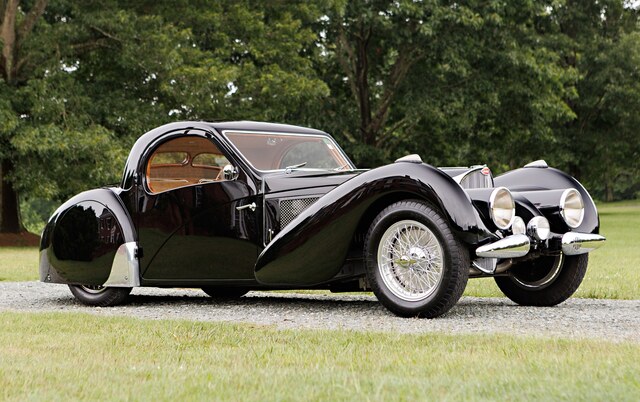
The Bugatti Type 57SC Atlantic is often regarded as the most beautiful car ever created. With its lightweight aluminum body, supercharged 3.3-liter engine, and stunning riveted dorsal seam, the Atlantic combined aesthetics with unparalleled engineering. Only four units were produced, and today, only three remain in existence.
The Atlantic’s sleek curves, aerodynamic design, and unique construction techniques make it a true icon of automotive design. It remains a highly coveted collector’s item, and its beauty continues to captivate car enthusiasts around the world.
Alfa Romeo 8C 2900 B Mille Miglia (1938)
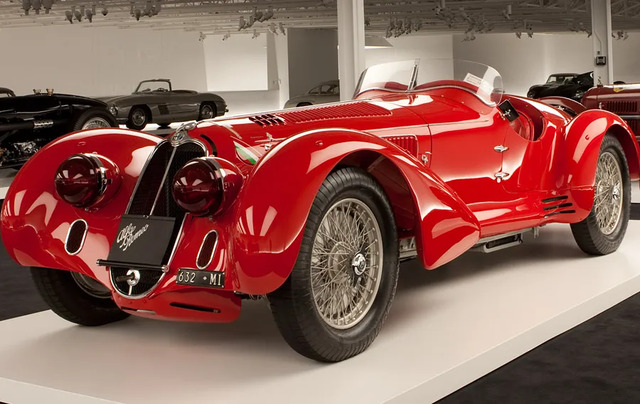
The Alfa Romeo 8C 2900 B Mille Miglia is a quintessential example of Italian automotive craftsmanship. Powered by a straight-eight engine, the 8C was a formidable competitor in both road and racing events. Its design combined elegance with performance, featuring clean lines and a low-slung body that enhanced its aerodynamic efficiency.
The 8C 2900 B was particularly successful in endurance racing, with its lightweight construction and powerful engine making it a favorite among drivers and enthusiasts. The Mille Miglia roadster variant remains one of the most desirable Alfa Romeo models ever produced.
Daimler Double-Six (1932)
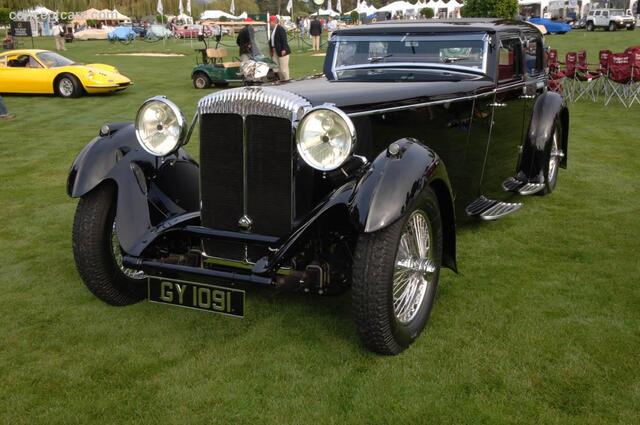
The Daimler Double-Six was one of the most luxurious cars of the 1930s, powered by a sleeve-valve V12 engine. Known for its smoothness and quiet operation, the Double-Six was a favorite among the aristocracy and wealthy elites. Its imposing size and regal design made it an icon of opulence.
With its rich wood and leather interior and powerful engine, the Daimler Double-Six was the epitome of automotive luxury. It represented the zenith of British automotive design and engineering during the interwar period.
Talbot Lago T150 SS Figoni & Falaschi Teardrop Coupe (1937)
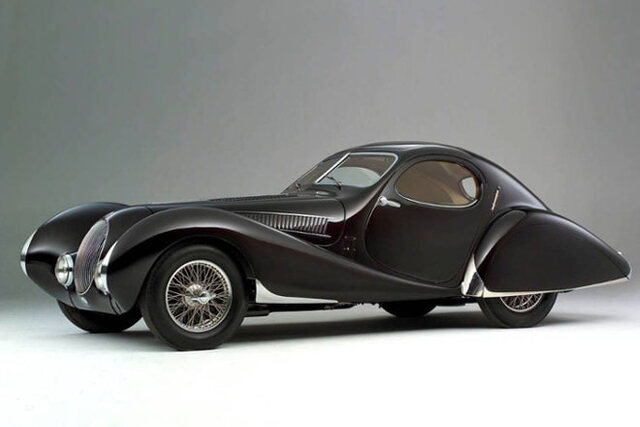
The Talbot Lago T150 SS Figoni & Falaschi Teardrop Coupe is another stunning example of French automotive artistry. Designed by Joseph Figoni and Ovidio Falaschi, the car’s streamlined shape was specifically designed to reduce drag and enhance performance.
The Teardrop Coupe’s 3.0-liter engine and lightweight aluminum body made it one of the fastest and most agile cars of its time. Its flowing lines and unique design elements earned it numerous awards and solidified its place as one of the most beautiful cars ever made.
Phantom Corsair (1937)
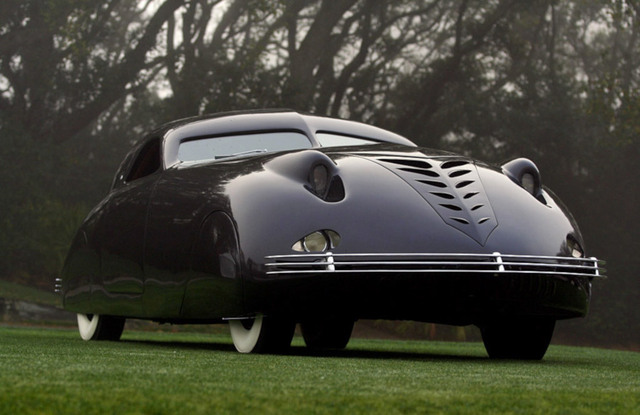
The Phantom Corsair was a prototype automobile built in 1938, designed to be a futuristic vision of automotive design. Although it never entered production, the Corsair’s unique features, such as its faired-in fenders and low profile, made it ahead of its time. It was powered by a 125 horsepower engine, allowing it to reach speeds of up to 115 mph.
The Corsair’s distinctive, aerodynamic shape and advanced features made it a symbol of what the future of automotive design could look like. Despite never being mass-produced, it remains a remarkable example of innovation in automotive history.
Video
Watch the video “Vintage Automobiles of the 1920s and 30s in 1958” to see classic cars from these iconic decades, captured in the late 1950s.
Conclusion: The Lasting Legacy of 1920s and 1930s Cars
The 1920s and 1930s were a golden era for automotive design. These cars were more than just vehicles; they were expressions of wealth, power, and creativity. The stunning designs and engineering innovations of these iconic cars continue to inspire car enthusiasts and collectors to this day.
From the luxurious Rolls-Royce Phantom I Jonckheere Coupe to the groundbreaking Mercedes-Benz 710 SSK Trossi Roadster, these cars represent the height of automotive excellence. Their beauty, performance, and legacy ensure that they remain some of the most revered and admired cars in history.

